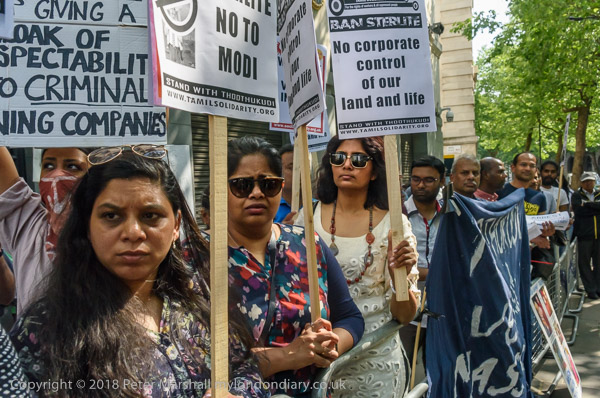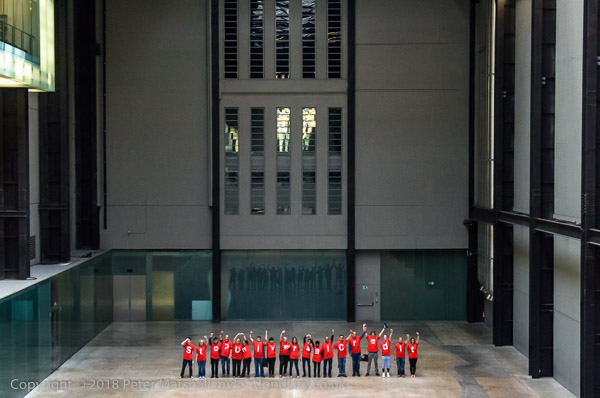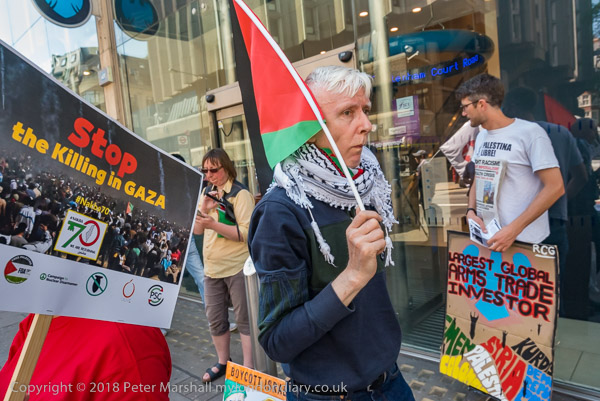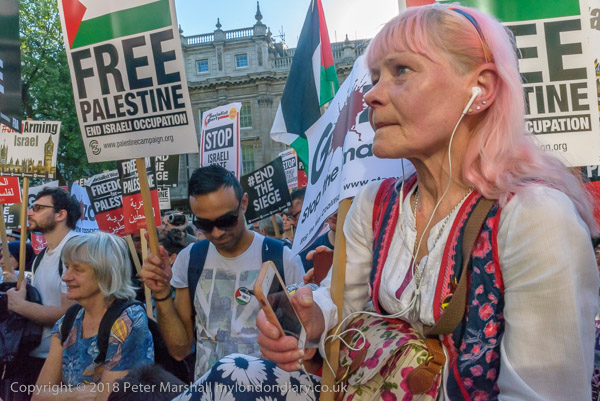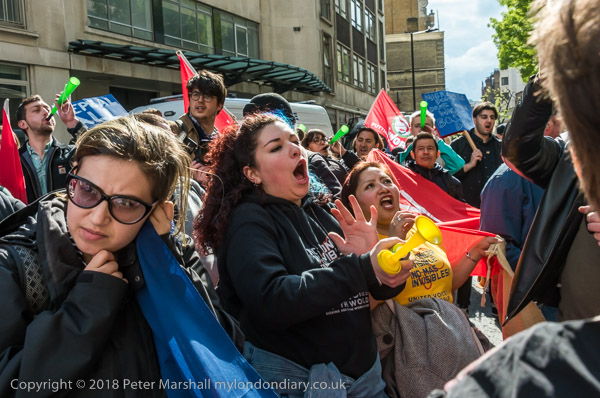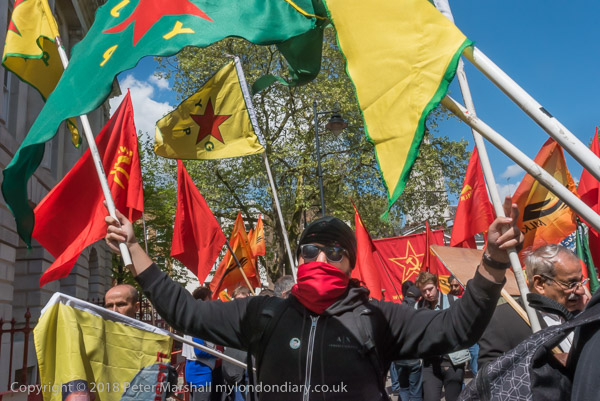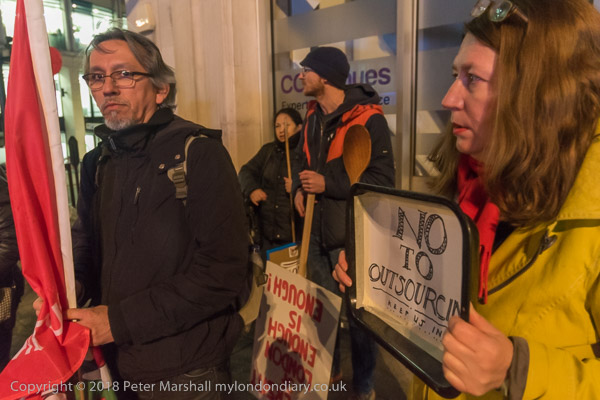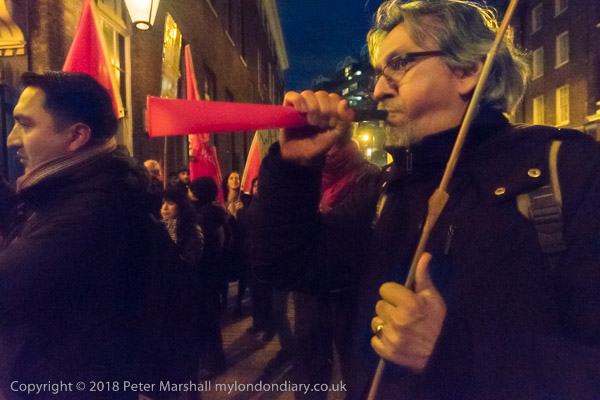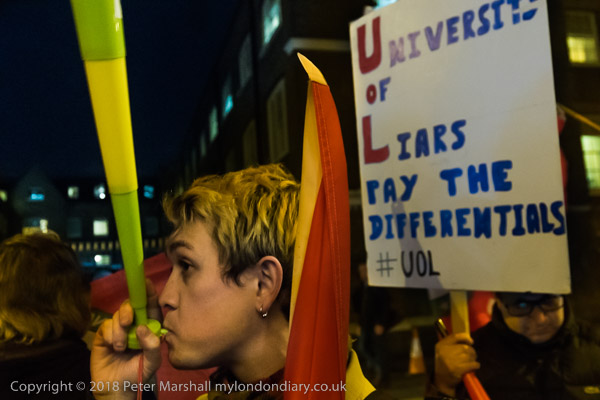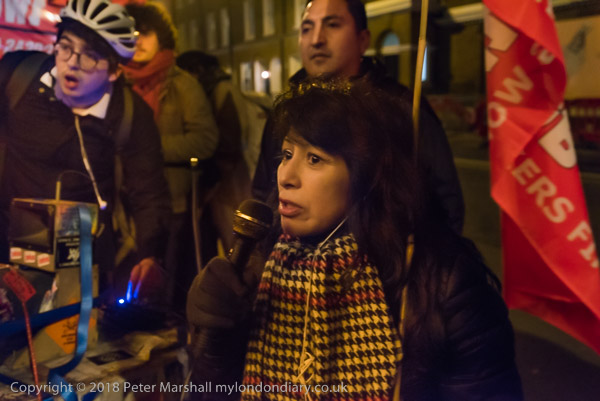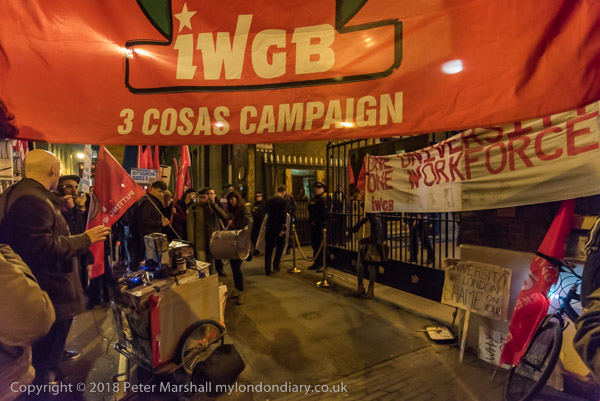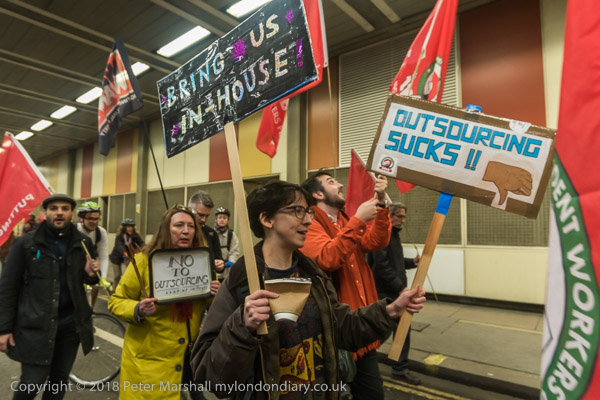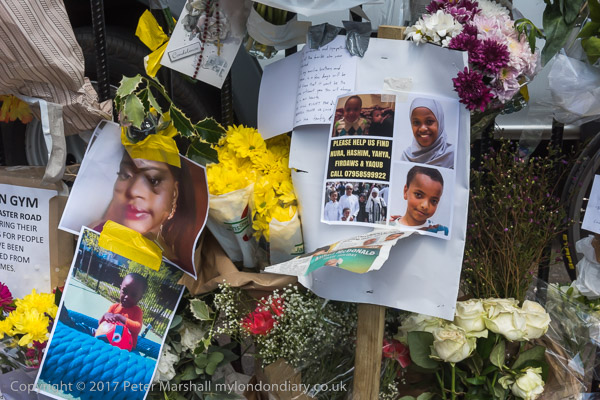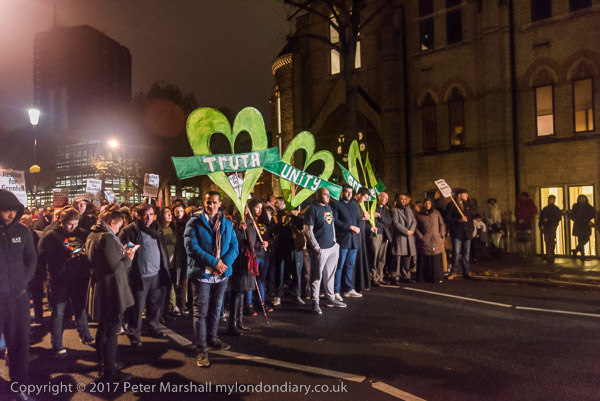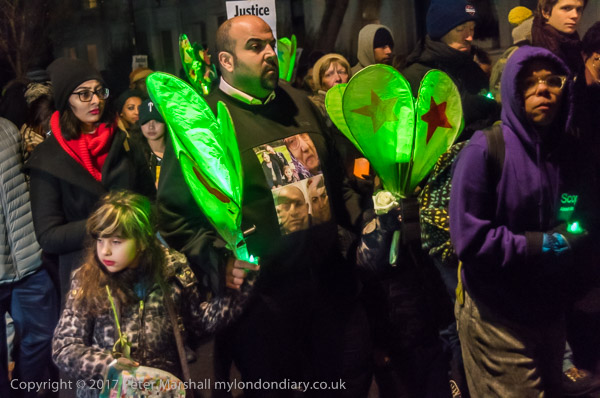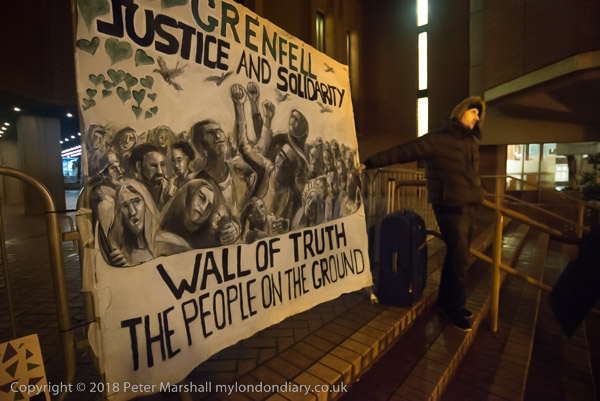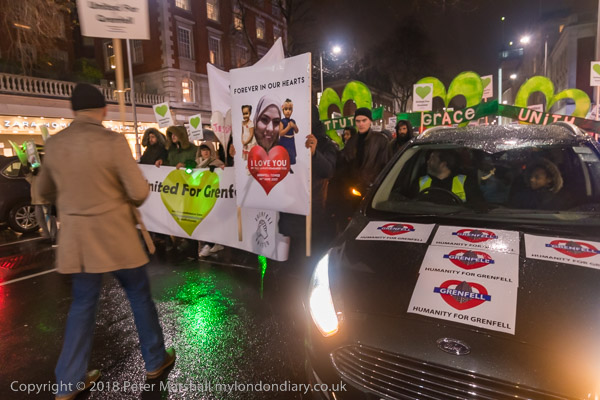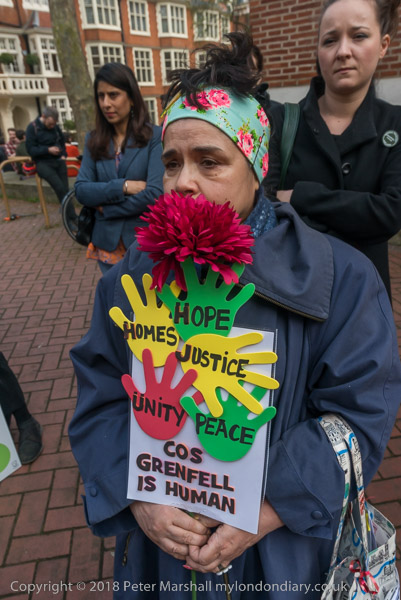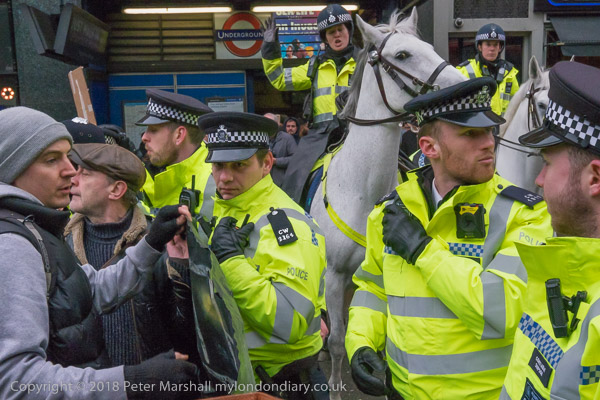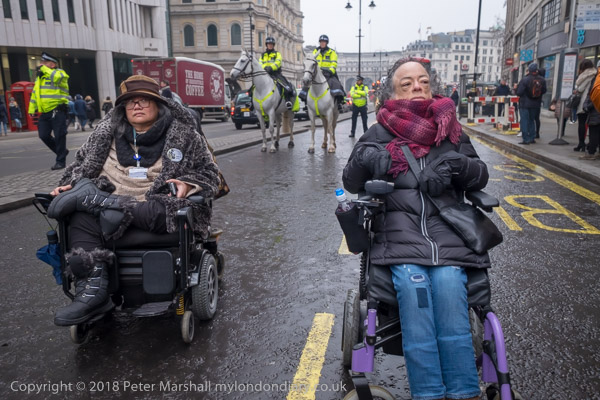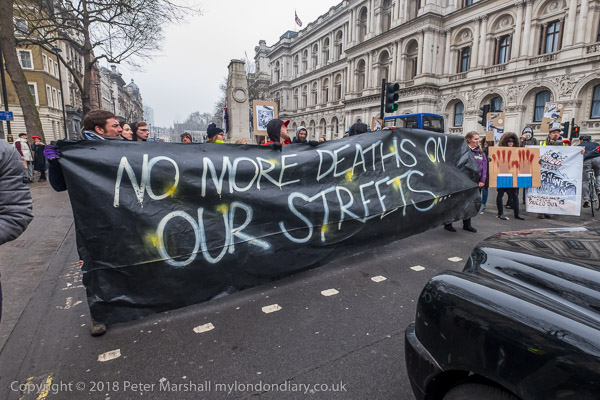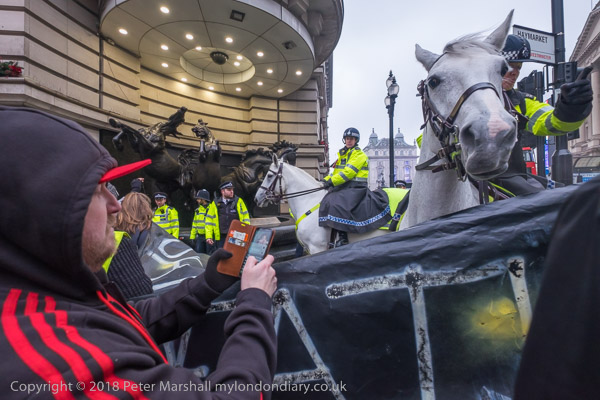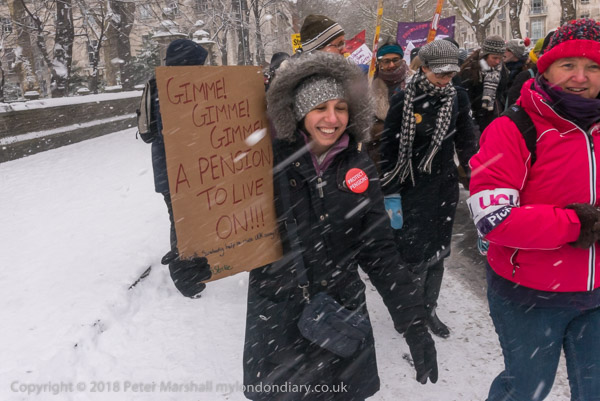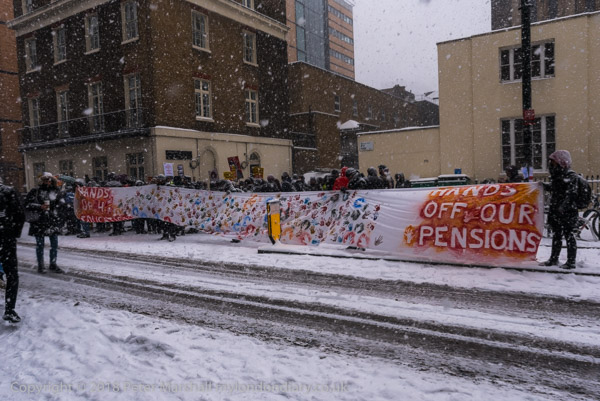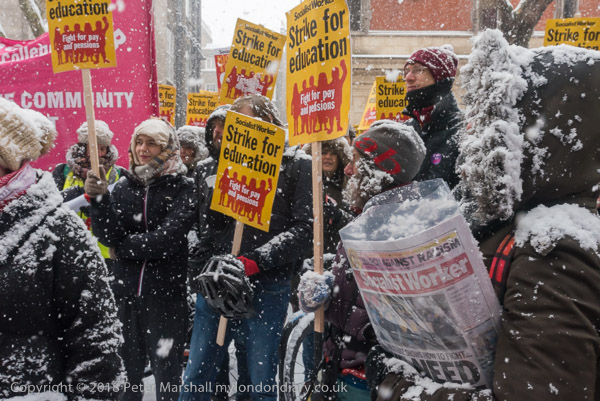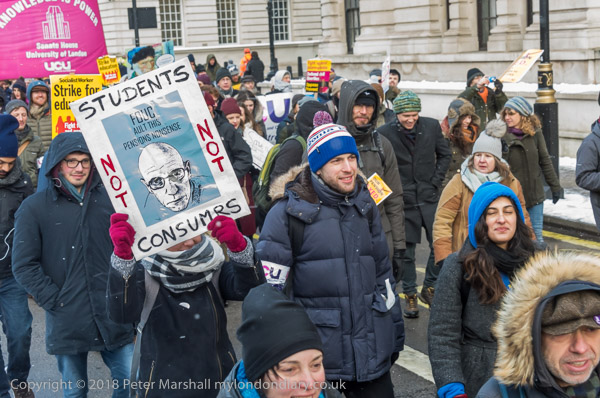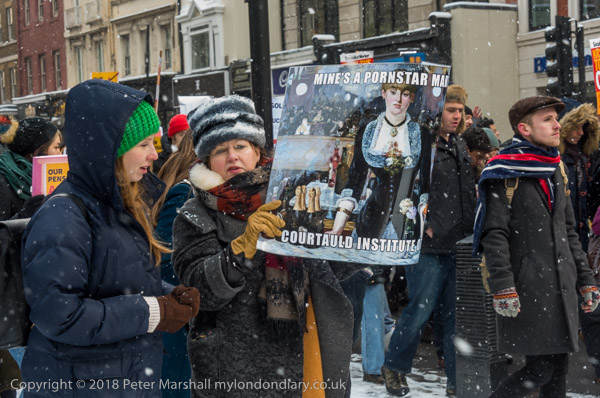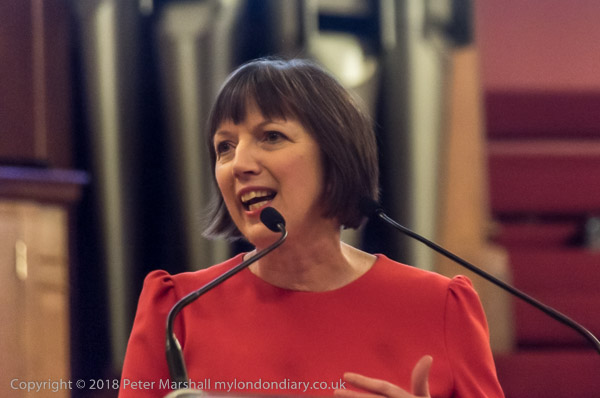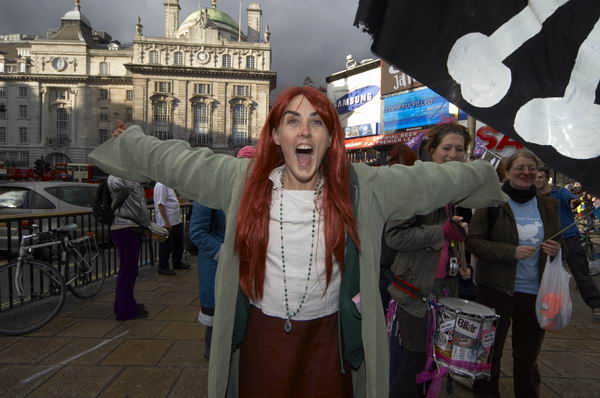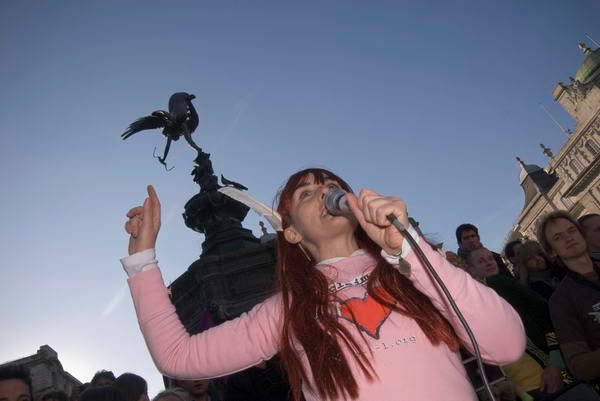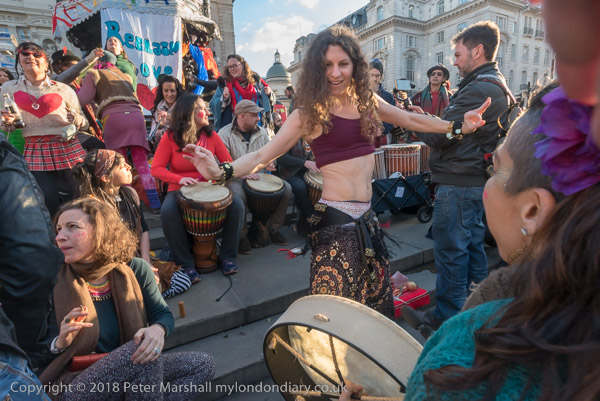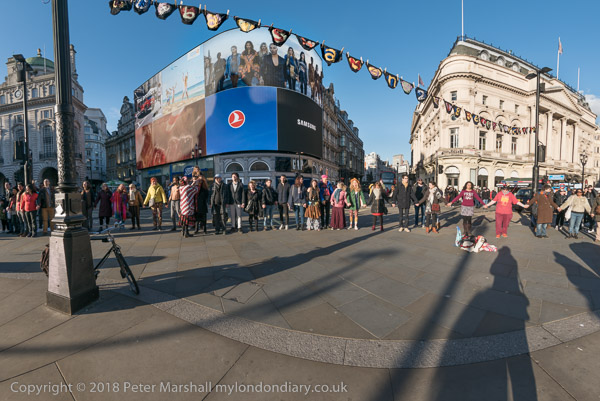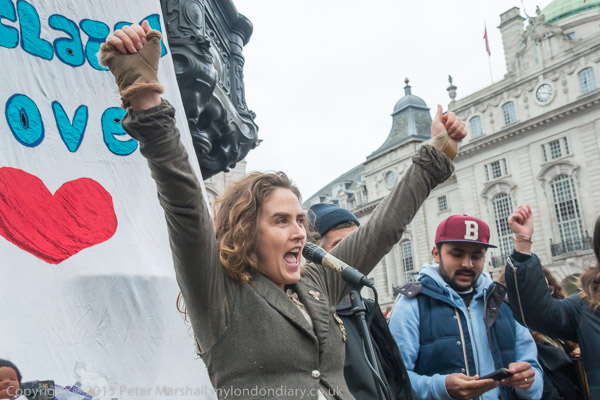Opening shortly at the Barbican is ‘Dorothea Lange / Vanessa Winship – A photography double bill‘, with Dorothea Lange: Politics of Seeing showing together with Vanessa Winship: And Time Folds in the Art Gallery there from 22 June —2 September 2018, presenting the work of two photographers I greatly admire.

I’ve several times printed a copy of Lange’s best-known picture, ‘Migrant Mother‘ from the high-quality large Tiff file that I years ago downloaded from the Library of Congress, and have written on several occasions about this and other works such as her ‘White Angel Breadline‘ from 1933 which prompted her career as a documentary photographer.

The show apparently has a large section on this work, and you can read more about it and see the some variants on a page at the Library of Congress, where you can see all her work for the FSA (a search using the term ‘Lange, Dorothea’ yields over 4000 items, though not all are photographs), and find more about various shows of her work. On the Library of Congress they reproduce Lange’s own story about how she made the picture, written for Popular Photography in 1960:
“I saw and approached the hungry and desperate mother, as if drawn by a magnet. I do not remember how I explained my presence or my camera to her, but I do remember she asked me no questions. I made five exposures, working closer and closer from the same direction. I did not ask her name or her history. She told me her age, that she was thirty-two. She said that they had been living on frozen vegetables from the surrounding fields, and birds that the children killed. She had just sold the tires from her car to buy food. There she sat in that lean- to tent with her children huddled around her, and seemed to know that my pictures might help her, and so she helped me. There was a sort of equality about it.”
But apparently Florence (Owens) Thompson, the woman in the picture saw it differently, according to her grandson’s recollection (I think recorded in Anne Whiston Spirn’s book on Lange Daring to Look, and mentioned in my 2008 post on that)
“a well-dressed woman jumped out of a smart newish car and started taking pictures, getting closer with each shot. Florence decide to ignore her.
After taking the pictures, Lange is said to have told Florence who she was and that she was working for the Farm Security Administration and to have promised that the pictures would not be published. Next day they made the front page of all the newspapers.”
Lange gave a long interview to Richard Doud in 1964, a year before her death. You can hear 12 seconds of her voice and read the lengthy transcript in the Smithsonian Oral History Collection.
Some brief biographical details I wrote almost 20 years ago about Lange may be of interest:
Dorothea Lange was born in New Jersey. She gave up training to be a teacher to become a photographer, working part-time in the portrait studio of Arnold Genthe before studying with Clarence White.
She moved to California, meeting Imogen Cunningham and opening her own portrait studio. In the early 1930s she began to take pictures of people suffering from the effects of the Depression, such as the ‘White Angel Breadline‘ in San Francisco in 1933.
The following year she met sociologist Paul Taylor who she was to marry (after divorcing her first husband, painter Maynard Dixon) and began to work for various Government projects, most notably the Farm Security Adminstration.
Her career was interupted by illness for almost ten years from 1945, following this she travelled extensively around the world with her husband before settling down to photograph things ‘close at hand‘ around her home and family.
One single picture she took for the FSA stands as an icon of the depression. ‘Migrant Mother‘ shows a mother looking worried into the distance, as if wondering what future there is for her. One child lies sleeping on her lap, two older children frame her, turned away from the photographer with their heads bowed. Lange recorded that the mother was aged 32 with 7 children; they were migrant pea-pickers but the harvest had been ruined by frost so there was no work. They had already sold the tyres from their car for food and were now living in it, keeping alive on wild birds the children caught.
Surprisingly the article in yesterdays Observer, Dorothea Lange: Politics of Seeing review – a visionary whose camera never lied by Laura Cumming fails to even mention that the show is on together with Winship’s, though possibly this was made clear elsewhere in the print edition. I’ve long been a fan of Vanessa Winship, and have several times mentioned her work here (I think this is the 15th.)
The best of these posts is I think Sweet Nothings – Vanessa Winship written in 2009 which included a couple of her portraits from Turkey. In a more recent post, I quoted from Sean O’Hagan’s blog in The Guardian:
“From Mississippi to the Black Sea, Winship’s poetic, masterful photographs show how hard it is for people to belong … so why don’t British galleries acknowledge her as this large Madrid retrospective does? She deserves it”
At the time I commented: “Though I’m afraid the explanation is unfortunately rather simple. She is a real photographer, and there is no major British gallery with a real interest in photography.” It is great to see her work acknowledged at last in the Barbican show.
